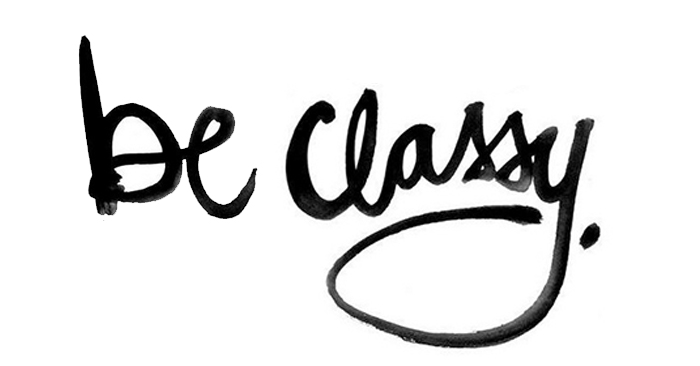For years, I have watched an uncountable amount of dances performed at dance competitions. There have been amazing dances, passionate performances, and, unfortunately, routines that felt uncomfortable to watch because of inappropriate content, music selection, costuming, and/or choreography. When an inappropriate routine performs, it shakes the room, leaving parents, studio owners, instructors, and the competitive dance infrastructure unsettled.
While most competitions have statements of appropriateness, it is rare for a routine to receive a disqualification. The lack of reinforcement is frustrating, but the bigger issue is: how do these dances make it to the competitive dance stage? In order for the routine to make it to this phase, the routine has to pass through an instructor/choreographer,the studio owner, and the performers’ parents. At some point, prior to competition, accountability and integrity should prevail.
For this season, let’s commit to raising the standards of the competitive dance industry. Let’s take ownership of the routines we place on stage and recognize that every performance represents the values, culture, and brand of our studios, and as a by-product, each and every one of our studio families.
In preparing for competition, consider the following:
1. Lyrics: Listen to the Lyrics and know what they mean. Eliminate curse words, but also be aware of inappropriate and overly mature or suggestive content. If a song is from a show or a musical, know the context.
2. Themes: When you are conceiving a piece, it is important that themes are appropriate for your dancers’ ages and maturity levels. Could an audience member misinterpret your piece or perceive it as inappropriate? Is the piece too serious or too dark? How can your students relate to the story that is being told?
3. Costuming: Does your costuming match the theme of the routine? Will it be perceived as classy or trashy? We must take ownership and responsibility of how we costume our students. Sexy is not how we should describe our costuming choices. Dress your dancers appropriately.
4. Choreography: The choreography should fit the theme of the routine. Movement should be age appropriate and representative of the lyrics, costuming, and themes.
5. Your Dancers’ Ages: Make sure ALL of your choices are appropriate for your dancers’ ages. Having young dancers perform a mature song/routine may result in inappropriate costuming, choreography, and thematic choices.
Share your standards with your instructors and guest choreographers. Build parental trust that you will always have your dancers’ best interests at heart.
Set your standards high, and do not waiver or succumb to trends or peer pressure.
Via competitive dance, we have an opportunity to positively influence and motivate our dancers, but we need to safeguard our choices and commit to presenting classy material that is representative of the dancers’ age and maturity. That is something that everyone can appreciate, respect, and look forward to seeing on stage.



